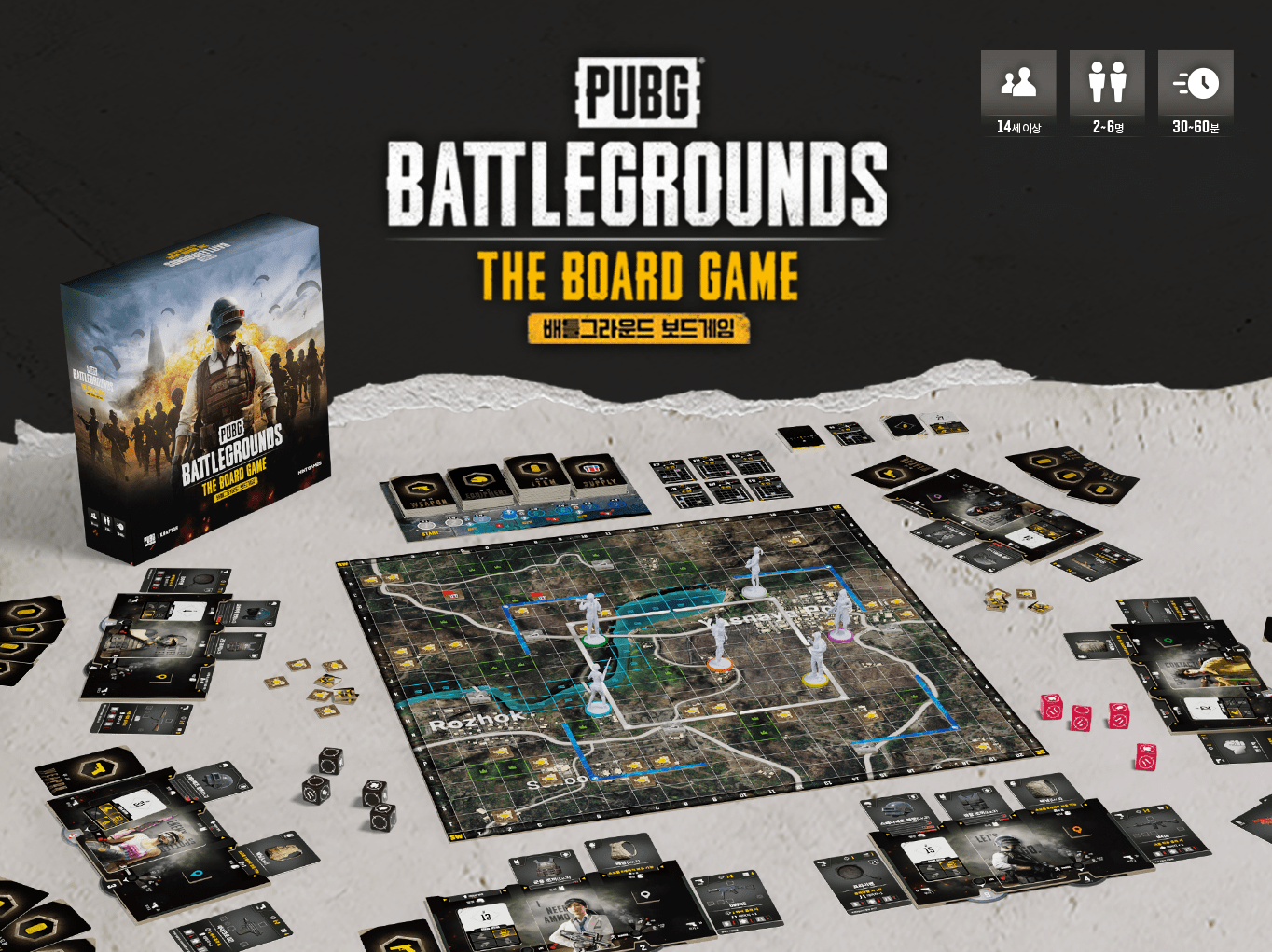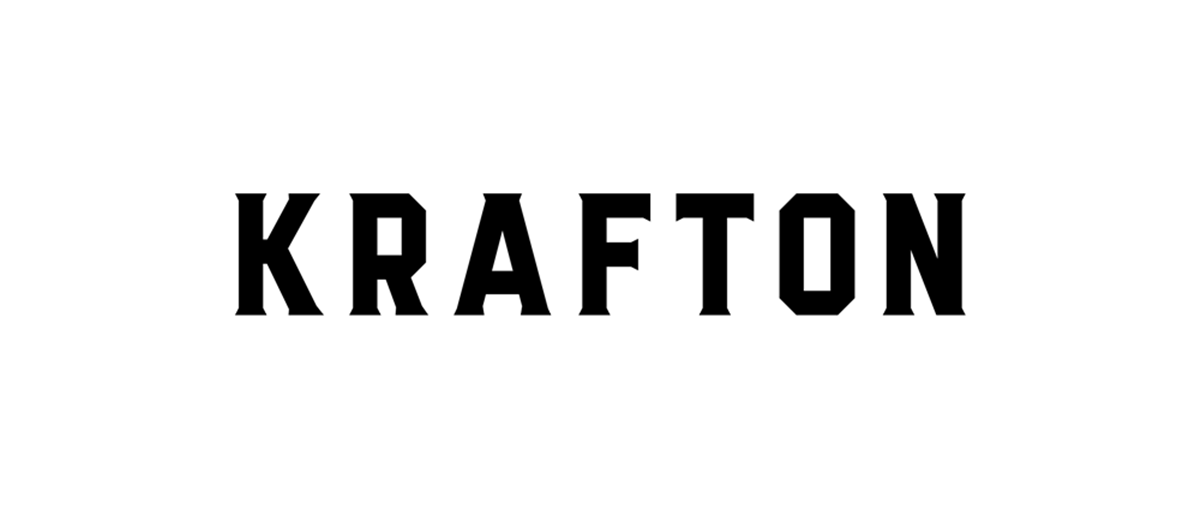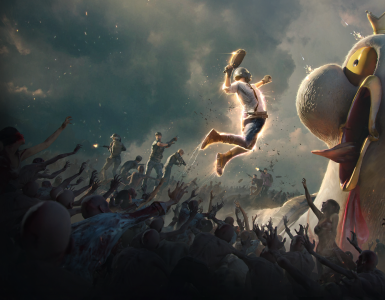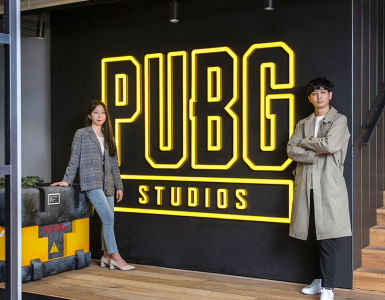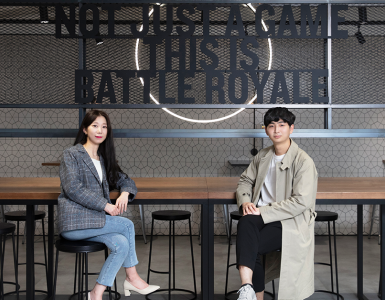Behind the scenes of the official PUBG boardgame
We have some great news to share with PUBG and boardgame fans alike. That’s right, PUBG is coming to life as a board game! Funding on Wadiz [link] will start on Thursday, April 13, at 5 PM. To celebrate the occasion, we have arranged a joint interview with our partners at Gemblo Company, who is producing the game, and our KRAFTON team members responsible for designing and reviewing it. Let’s explore the story behind how they captured the thrill and excitement from PUBG in the board game, as well as what happened in the aftermath.
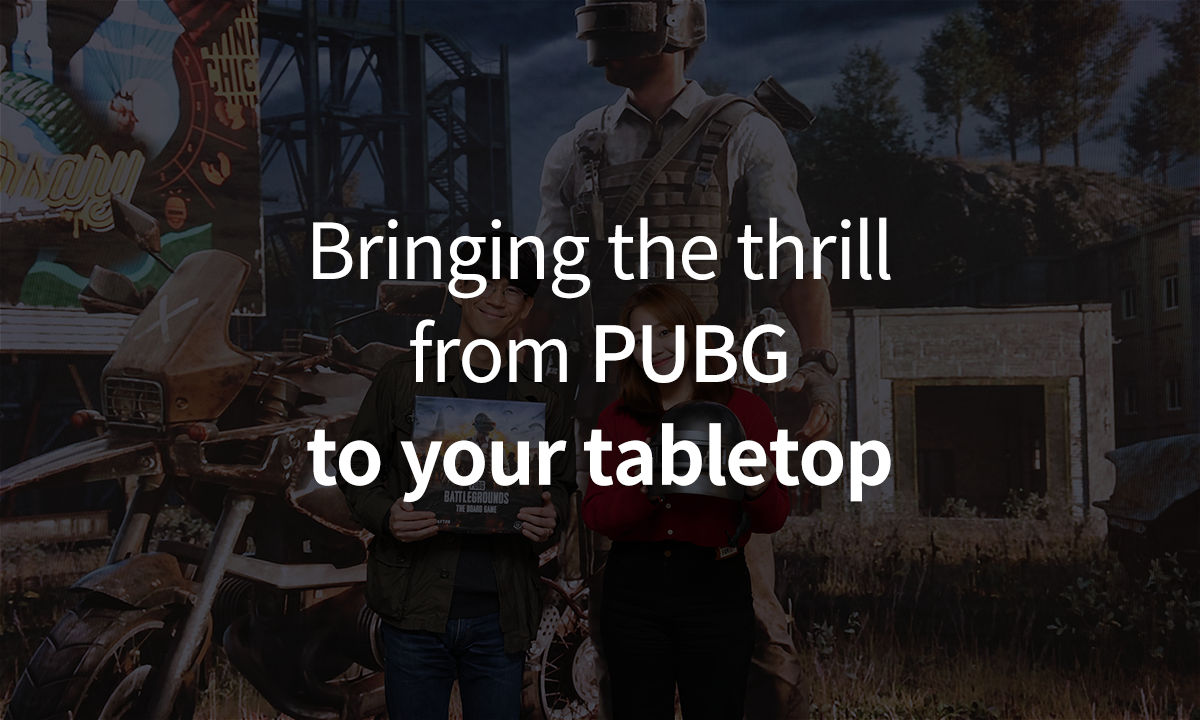
Hello. Could you please introduce yourself and your work to the KRAFTON blog readers?
Hello. I am Lee Minseob, development team lead at the board game publisher Gemblo Company. I work with the development and production of board games.
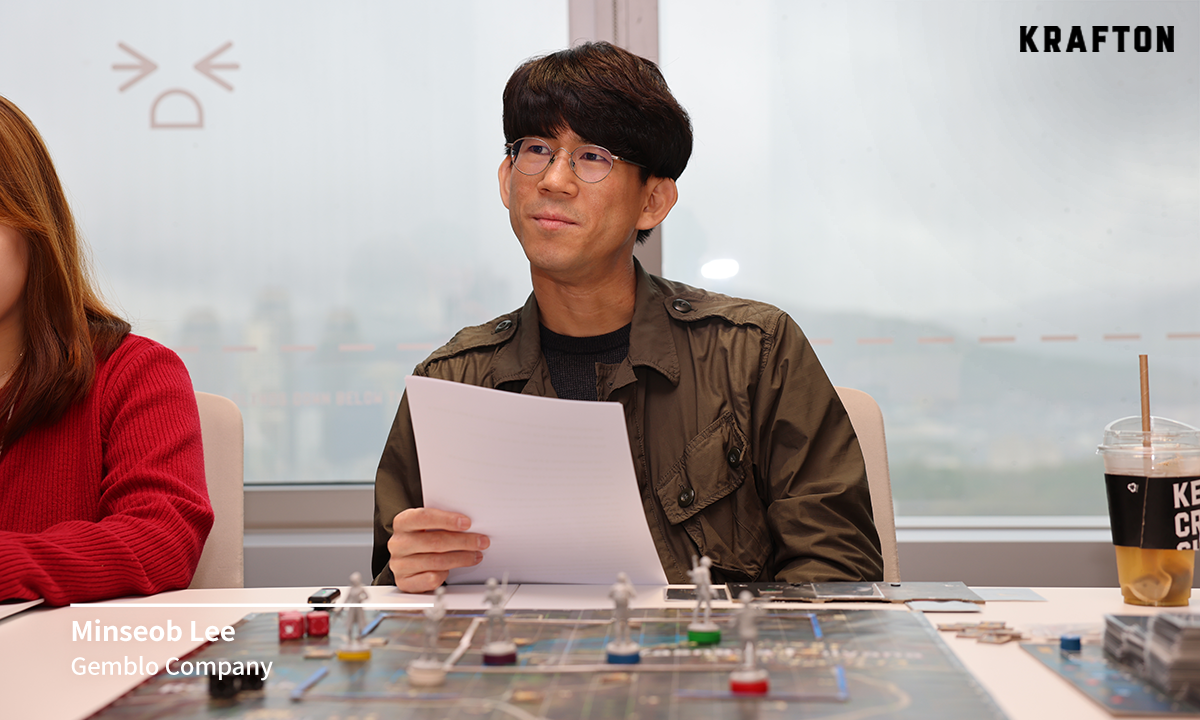
At Gemblo, you’ve created a lot of board games based on different IPs. How did you come up with the idea of developing PUBG into a board game? We’d love to hear about the planning process.
It started with being a fan. All of our development team members are huge fans of PUBG. Some have even logged up to 1,000 hours of playtime. We’ve also recently been working on board game projects based on a number of incredible Korean game IPs. So, naturally, PUBG as a mega IP was the first thing that came to mind. It was interesting but challenging to think about how to translate the unique gameplay of the Battle Royale genre into a board game. I remember we would come together after work to play duos and squads on Erangel and Miramar. All in the name of research, of course (laughs).
How are board games created?
A board game is a combination of mechanism and theme. Sometimes we start with the mechanism and work our way to the theme. Other times, we will begin with the theme and work our way to the appropriate mechanism. In the case of the PUBG board game, we started with the PUBG game IP as the theme, and then we found the mechanism.
We had to think long and hard about what PUBG’s core themes are. Eventually, we settled on three themes: being the last man standing in a Battle Royale game, the Blue Zones, and gunplay. Then we had to think about what mechanisms we could employ to capture these core themes.
Once we thought of a mechanism that could work, we would create a prototype. We would do a bunch of test plays and get feedback. After making changes and adding sub-mechanisms, we’d repeat the process again with new test plays and feedback meetings. This cycle would repeat itself many times, but in the end, the designers created a really cool design, and we had our board game.
This kind of process can take up to a year. For high-profile, award-winning board games, it can even take two to three years.
Video games can be updated with patches online even after being released, but board games are harder to fix after release. How did you approach the testing process?
It would be great if we could patch board games, too (laughs). But yeah, since that’s not really possible, we always try to find even the smallest mistakes. We carefully inspect the game to ensure there are no errors in design, text, rules, or room for ambiguous interpretation. Every single member of the development team will go through at least ten full checks to ensure quality. Once in a while, we will also have other teams go through the game to make sure the quality is as close to perfect as possible.
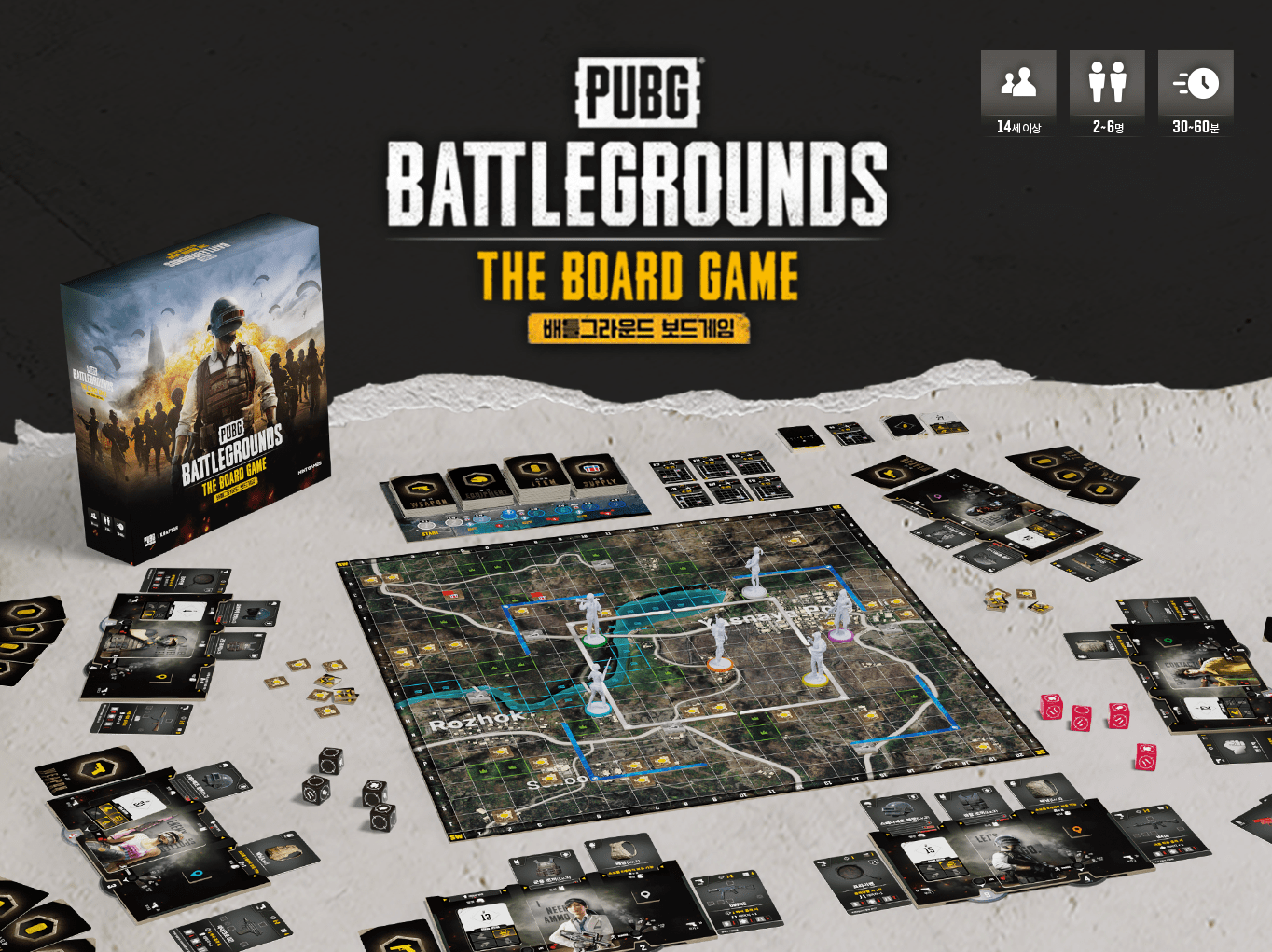
I know that funding starts on April 13. What stage are you at now? In the future, what does your timeline look like?
We’re currently raising funds on a platform called Wadiz. It’s divided into two phases. The first is allowing people to register to receive notifications for when the funding will start. We did that on March 27, and currently, about 3,000 people have signed up for notifications.[link]
I heard that you are releasing this board game under a new brand called MINT GAMES. Could you please give more details on this?
This year, we are celebrating our 20th anniversary. We have been using the name “Gemblo” since the beginning. It also happens to be the name of our flagship game. We realized that we needed a clearer concept for our company and our brands to avoid confusion. So we decided to form three new brands under Gemblo Company: Gem Games, creating games for children and families, Mint Games, for gamers who enjoy board games, and Board Game College, for educational games.
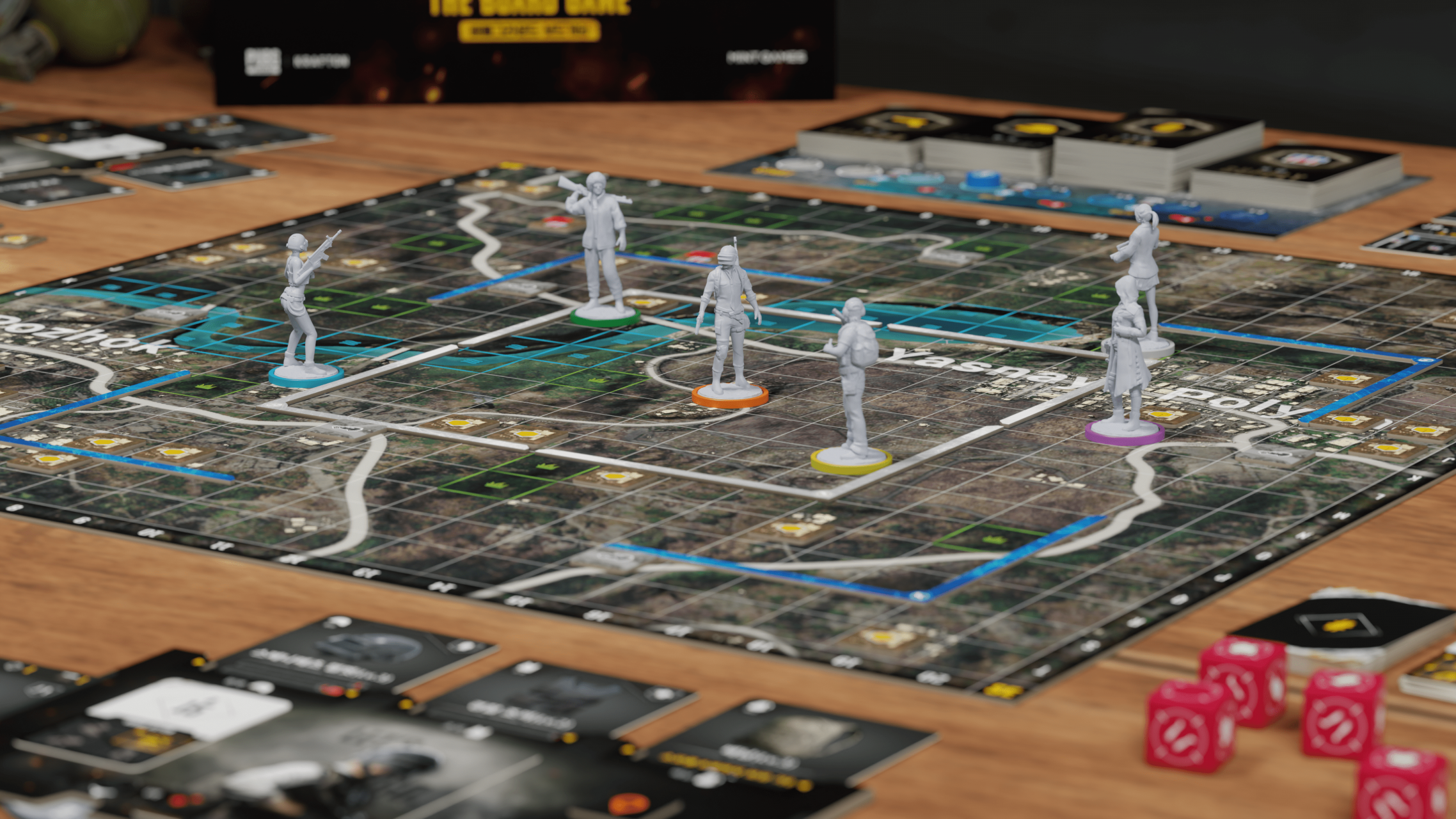
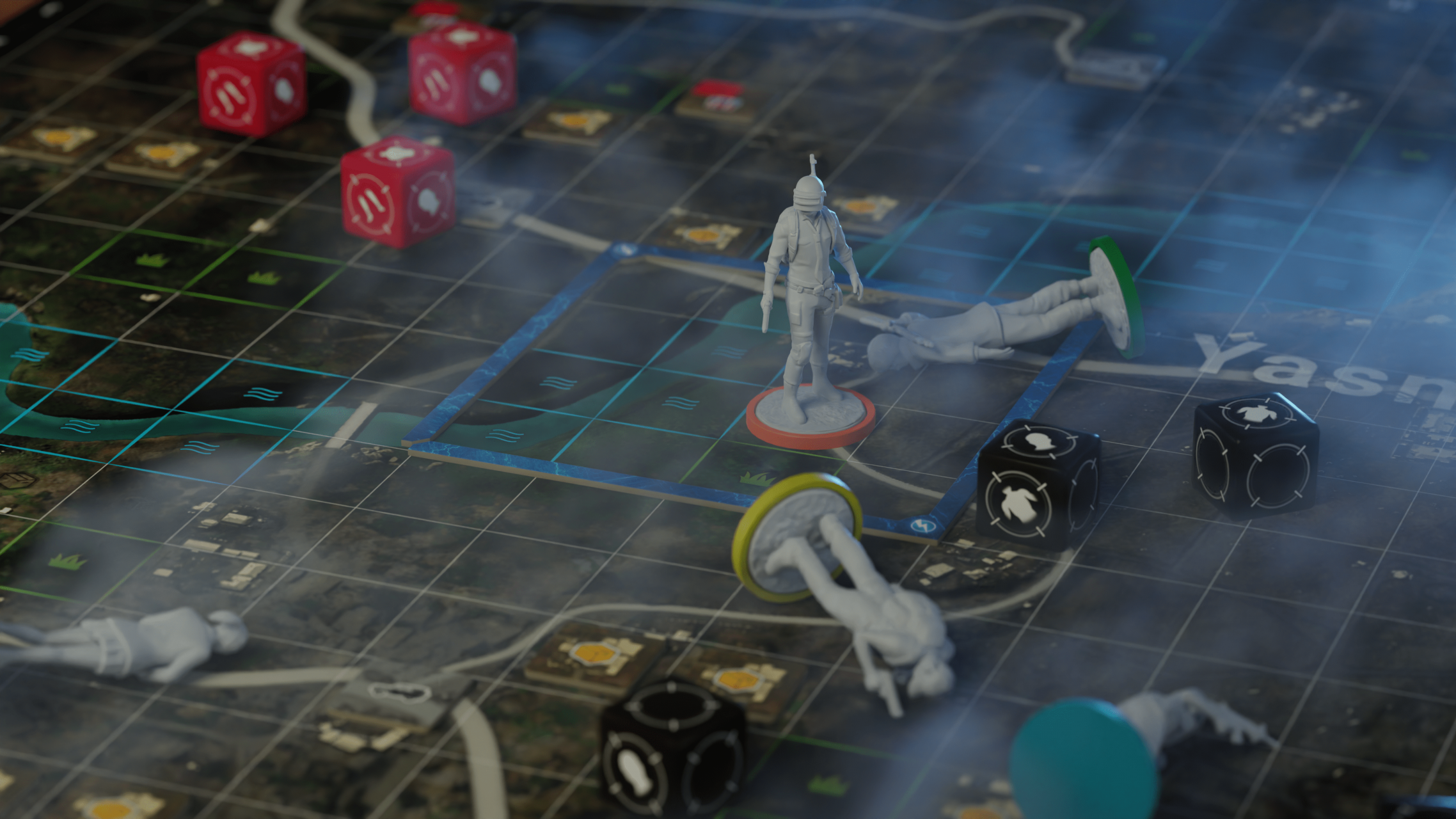
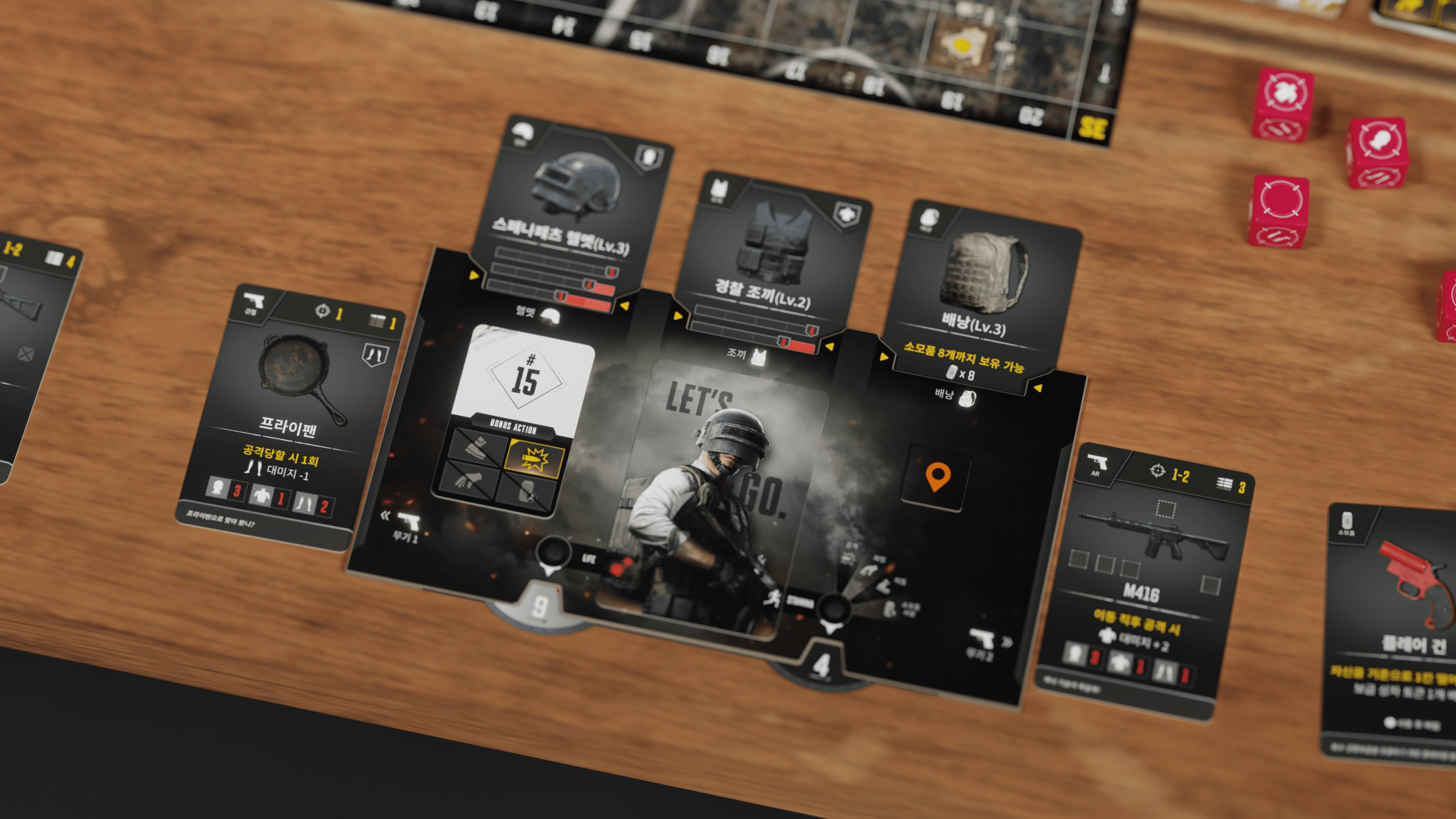
Were there any key requirements from KRAFTON for producing the board game?
It was all about making it “PUBG-like.” This project wasn’t just creating simple merchandise with the PUBG IP. It was more of a platform shift for the game itself. It’s important for fans to be able to enjoy the same experience as the original PUBG but in the form of a board game. That’s why we made every effort to replicate the experience as closely as possible.
What were some of the challenges you faced while working on the project?
Rather than being challenging, I felt that KRAFTON gave us thorough and in-depth feedback that really showed their care and passion for PUBG. Accepting the feedback might have been a little complicated and difficult, but when we saw the result, the quality was much better. The game improved a lot because we exchanged opinions in a collaborative way. I am very grateful for that.
What did you pay attention to the most while working on this project?
PUBG isn’t just any other IP (laughs). The game has a huge fanbase around the world. So it was important to us that when the fans saw this board game, it didn’t feel like a rip-off. We focused on making sure that the fans could experience a different flavor of PUBG as they played while still making sure to capture the essence of the game as well as we could.
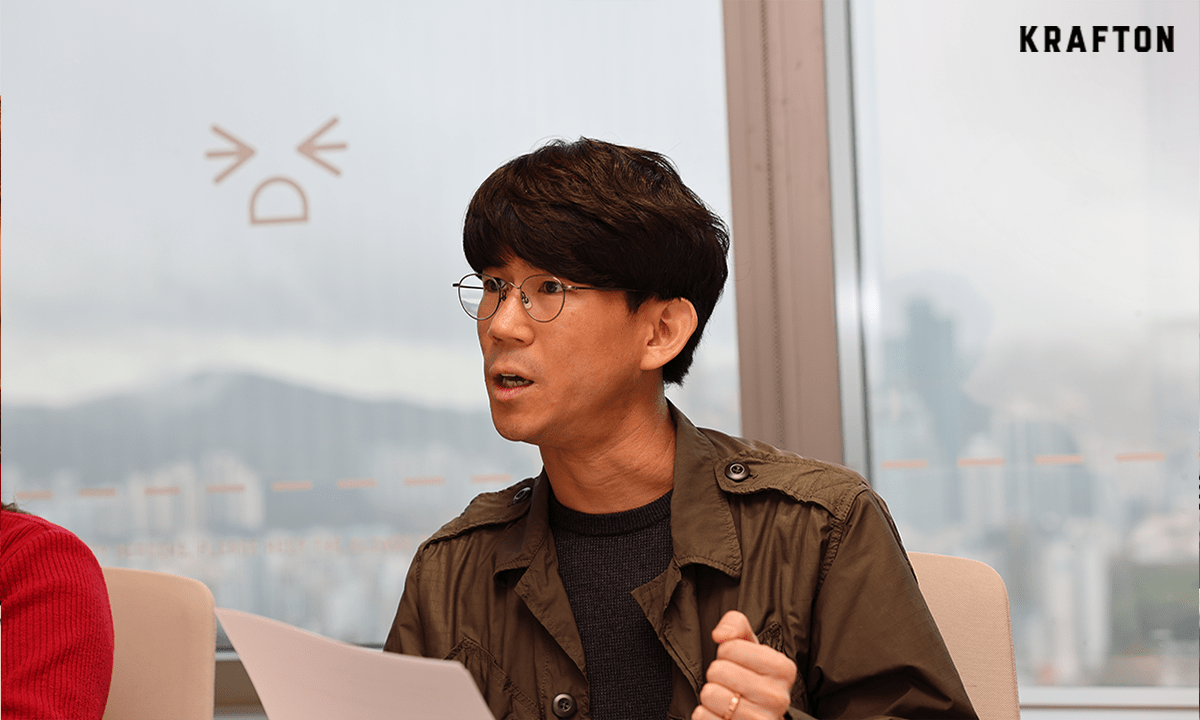
What are your expectations and goals for this project?
I expect that fans will love it because it’s a board game that captures many of the fun elements of PUBG. I think that’s reflected in the fact that we’ve already had more than 3,000 people sign up for funding notifications. As for goals, Gemblo already holds the record for selling the most board games on Wadiz, and we aim to beat the existing record (laughs).
How is this funding structured?
In this round of funding, we’ve planned some really cool extras like puzzles, stickers, badges, and more. For example, there’s the Erangel Map puzzle, which allows fans to enjoy the fun of assembling the first playable PUBG map in 1,000 pieces.
It’s also good to take note of the stretch goals available at various funding levels. Everyone who pledges will receive a lot of different extras, such as new character figure sets, weapon and equipment skin cards, dice towers, and wood token upgrades, depending on the completion rate of the funding goal. These are limited-time rewards that won’t be available later. So, if you’re interested in these rewards, we strongly encourage you to participate in this funding round.
Do you have any last comments for this interview?
As a PUBG fan and player, it’s been an honor to be interviewed and to be involved in creating the official board game. We’ve put a lot of care and effort into this game, and we think you’ll be really happy with it. Please help us make this Wadiz funding a success! 😊
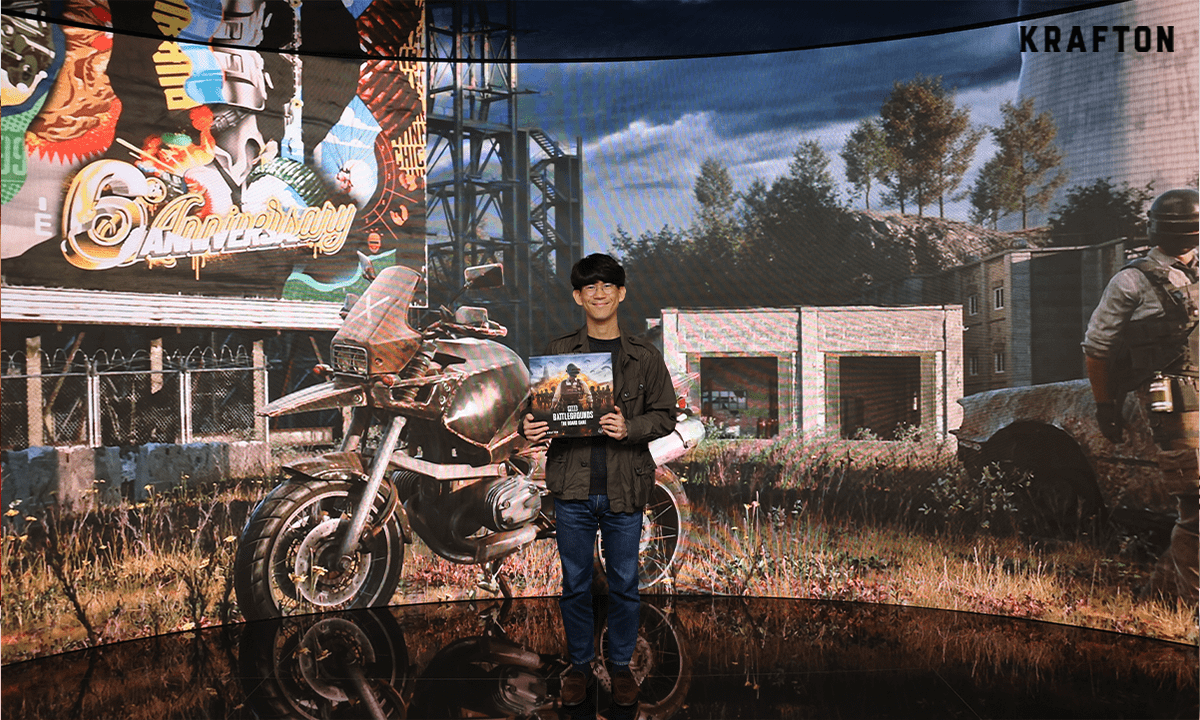
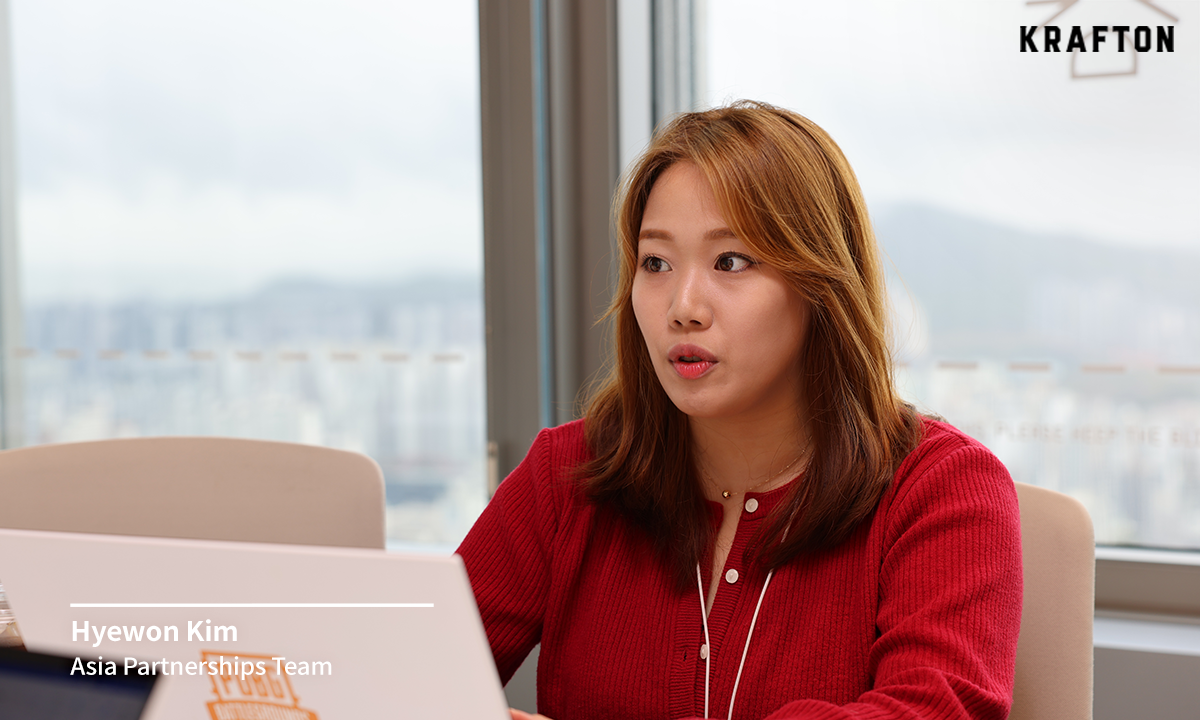
Hello. Could you please introduce yourself and your work to the KRAFTON blog readers?
Hello. My name is Kim Hyewon, and I am from the Asia Partnerships Team at KRAFTON’s Asia Biz Division. I am in charge of partnerships and collaborations for the KRAFTON IP in Asia.
Given the nature of your team’s work, I’m sure you get a lot of proposals for licensing the PUBG IP. Have you received many proposals for board games?
Yes. We received proposals from several board game companies to create a board game using the PUBG IP. Among them, Gemblo Company had a track record of developing board games using multiple game IPs. They also had a developing team with members who had played PUBG for nearly 1,000 hours and were PUBG esports fans. We decided to collaborate with Gemblo because they had a better understanding of the PUBG IP than other board game companies.
What were some of the challenges you faced while working on this project?
It wasn’t particularly difficult, but I do recall having to communicate and collaborate with more departments than I had anticipated. To create the board game, we needed a large number of PUBG assets, some of which we had to request from people in other countries. I was concerned, but the departments were very helpful, and we were able to proceed without any major issues.
What did you pay attention to the most while working on this project?
Two things were most important to us: first, that the PUBG board game would give fans something new to enjoy, and second, that the PUBG IP would work well as a board game. We thought a lot about KRAFTON’s core values, like “Be original, stay creative,” and “Continuously pursue a unique identity.” We hoped that the board game would provide fans with new ways to enjoy the game while keeping the PUBG identity intact. An IP license agreement could easily become an approval to simply use the IP, so we tried to stay on track by constantly reminding ourselves of the goals of expanding the PUBG IP and giving fans something new to enjoy.
Do you have any memorable episodes you’d like to share?
I remember the first time I met the five members of the Anywhere team from the PUBG Hackathon 2020, who helped me with the board game review process. Board game reviewing wasn’t part of their work scope, so I was very worried that they would reject the job and concerned about what department I would have to ask if they did. However, when the review process started, all five of them spent three to four hours of their personal time after work giving us feedback in a really passionate way. They even brought their own board game from the PUBG Hackathon 2020 to give us opinions for comparison, and they really tried their best to give us feedback. That was the most memorable part.
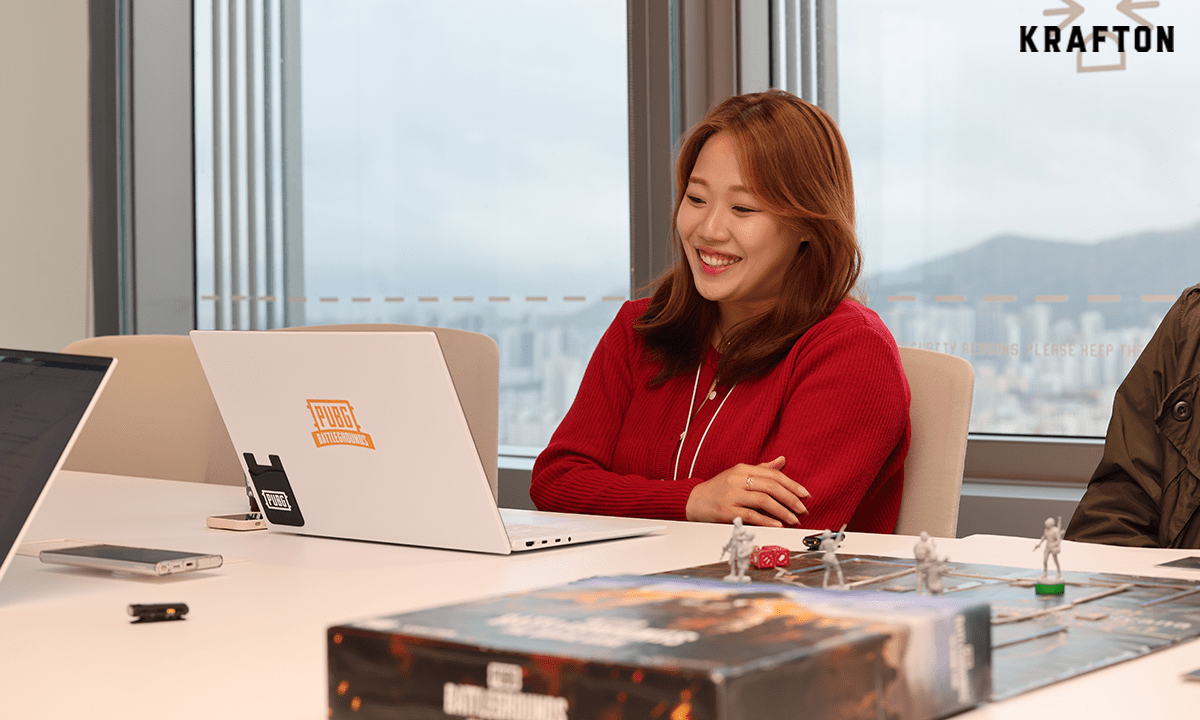
What was your proudest moment during the project?
I was proud of every moment of communication during the collaboration process. It wasn’t always easy to collaborate face-to-face due to COVID-19 and more people working from home. We had to think two or three times before sending an email or message just to ensure that the information we wanted to convey was captured and that any nuances of the message weren’t misunderstood. Thankfully, we received great feedback and had access to the materials we needed at the right time, which helped us get things done.
What are your expectations and goals for this project?
We hope that this project will prove the scalability of the PUBG IP and that fans will find new ways to enjoy the game.
Do you have any last comments?
I hope that many people will experience the scalability and new fun of the PUBG IP through the PUBG Board Game. I would like to thank the PUBG Hackathon PUBG Anywhere team, Premium Character Cell, and UX Unit for working on this project. Most importantly, I would like to thank Lee Kangseok, our division director, and Son Anna, our team lead, for giving me the opportunity to work on various partnerships in Asia when I was a new employee!
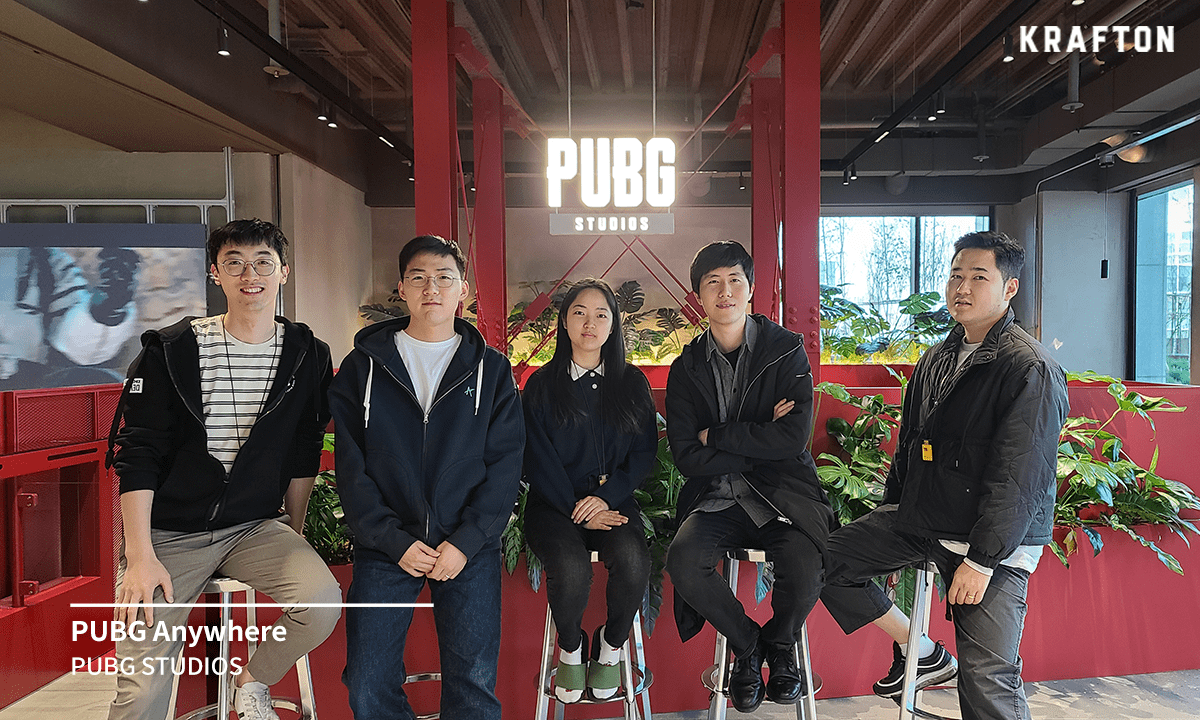
Hello. Could you please introduce your team?
Hello. Hello, we are Seol Jaeyong, Seol Seunghwan, Kim Kihyun, Kim Dookyung, and Hyun Myungah. We are game designers at the PUBG STUDIOS New State Dev. Division and colleagues who participated in the 2020 PUBG Hackathon together.
You participated in the PUBG Hackathon 2020 and won third place. Why did you decide to participate in the Hackathon with a board game?
Seol Jaeyong: We weren’t looking to participate in the Hackathon at first, but we had been talking about making a board game for our own personal development and to bring the fun of PUBG to a board game.
It all started when we decided not to just plan the board game but to actually make a product and put it out in the cafe lounge of our Seocho office for people to play with, give feedback, make changes, and do a sort of live service.
Unfortunately, the situation with COVID-19 got so bad that we almost couldn’t carry out our plans. But then we heard about the PUBG Hackathon. It was just what we were looking for, so we decided to send in our entry.
Kim Kihyun: I’ve always wondered what a PUBG board game would be like, so I couldn’t say no to the chance to help make one (laughs). I also felt proud of the game my team and I submitted to the Hackathon. I felt that my hard work and effort were being recognized, so it wasn’t hard to decide to take part.
What did you think when the KRAFTON Asia Partnerships team asked if you could help with the review?
Seol Jaeyong: It was a lot of fun. During the Hackathon, we kept saying that we would like to see this board game become a full-fledged product for release in the future. We were happy to play a small part in that, even though it’s not exactly what we created.
Hyun Myungah: I was really excited to have the opportunity to contribute to the PUBG board game in a different way. The board game we submitted at the Hackathon was more of a prototype. I hoped we would have the opportunity to make a full game, but it was a great experience. I was really grateful to them for remembering us and making it such a great time.
Was the board game you created in the PUBG Anywhere team very different from the Gemblo prototype? What was it like when you first started?
Seol Jaeyong: Of course, there were differences, but I think the overall approach was pretty much the same. For the prototype, we shared our detailed thoughts about how to incorporate the PUBG identity into the board game, and we were surprised that most of that was actually reflected.
During the planning stages, we had a good idea of what we wanted to do, but it was challenging to consider the UX aspects of how a physical board game should be designed to play well. I admired how they, as board game production experts, were able to solve problems that we couldn’t.
Hyun Myungah: At Gemblo, they did a great job of keeping the core elements of PUBG intact while including many expanded rules and elements for heavy board gamers. I think the game will appeal to both light gamers who haven’t played a lot of board gamers before and heavy gamers who play a lot.
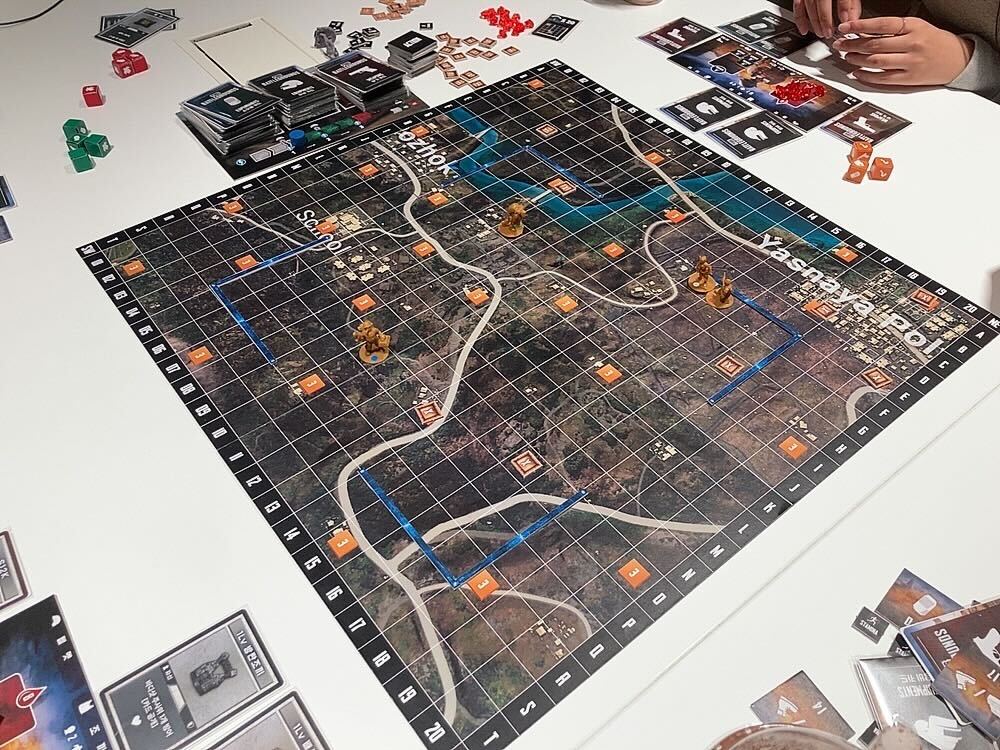
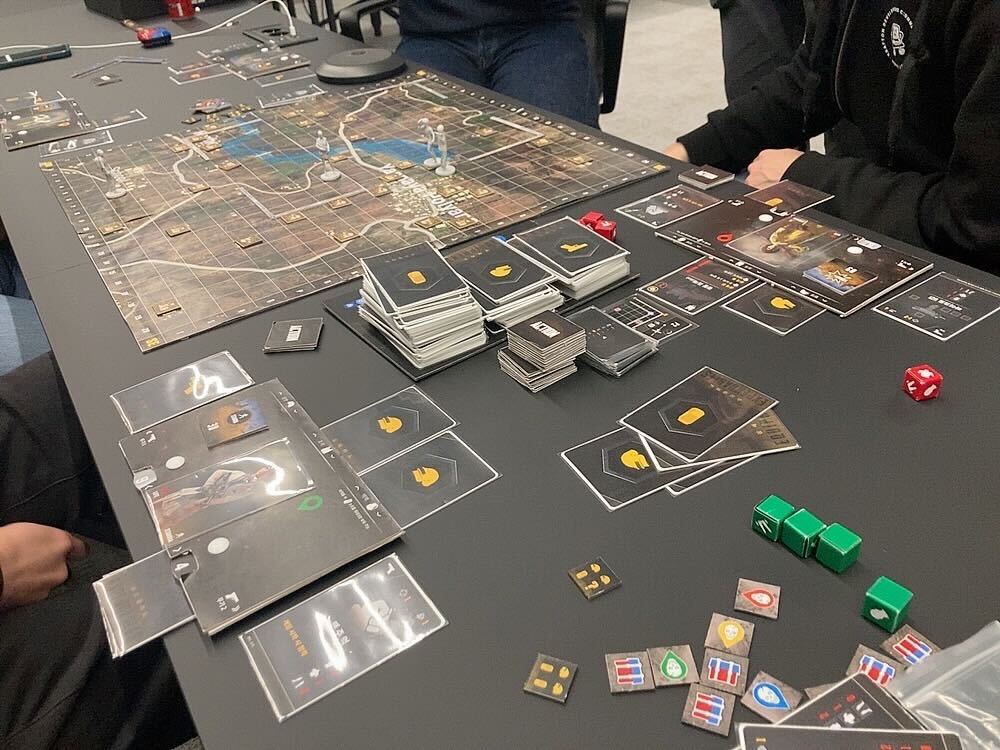
<Photos from the review process>
Do you have any memorable episodes from the review process?
Hyun Myungah: My favorite part of playing the board game was that we constantly tried to make it better and validate the fun elements in it. There was also a sense of pride in seeing the game evolve so quickly through feedback that it almost became tangible.
Because everyone had their own jobs, all of our meetings were scheduled in the evenings after work. Even so, the Gemblo representatives and the rest of us were so engrossed in the game that we didn’t realize we were playing past our meeting time. I was also impressed that, despite being a prototype, there were numerous play strategies available, and it did not favor one strategy over another, just like the real PUBG.
Throughout the process, there was a lot of feedback going back and forth between game designers and gamers, and it was a lot of fun to see the game become more polished and fun. It was incredible to have so many insightful conversations with board game designers.
What did you pay attention to the most during the review process?
Kim Kihyun: “Can the core fun of PUBG be felt in a board game?” We focused on whether the basic rules of PUBG, such as getting off the plane wherever you want according to the flight path, farming, meeting enemies gradually by the Blue Zones, and surviving to the end, could be felt in a board game.
Hyun Myungah: We tried to make the game as “PUBG-like” as possible by incorporating even the smallest elements of PUBG. I hope that comes across to the people playing the game.
Do you have any last comments?
Seol Jaeyong: During the board game review process, we had several offline and online meetings and collaborations. It was very rewarding to see the quality improve as we went along. In terms of the process itself, I think the synergy between our understanding of PUBG and Gemblo’s know-how in board game production resulted in a very high level of collaboration. I hope this “PUBG Board Game” will be loved by many people. Thank you.
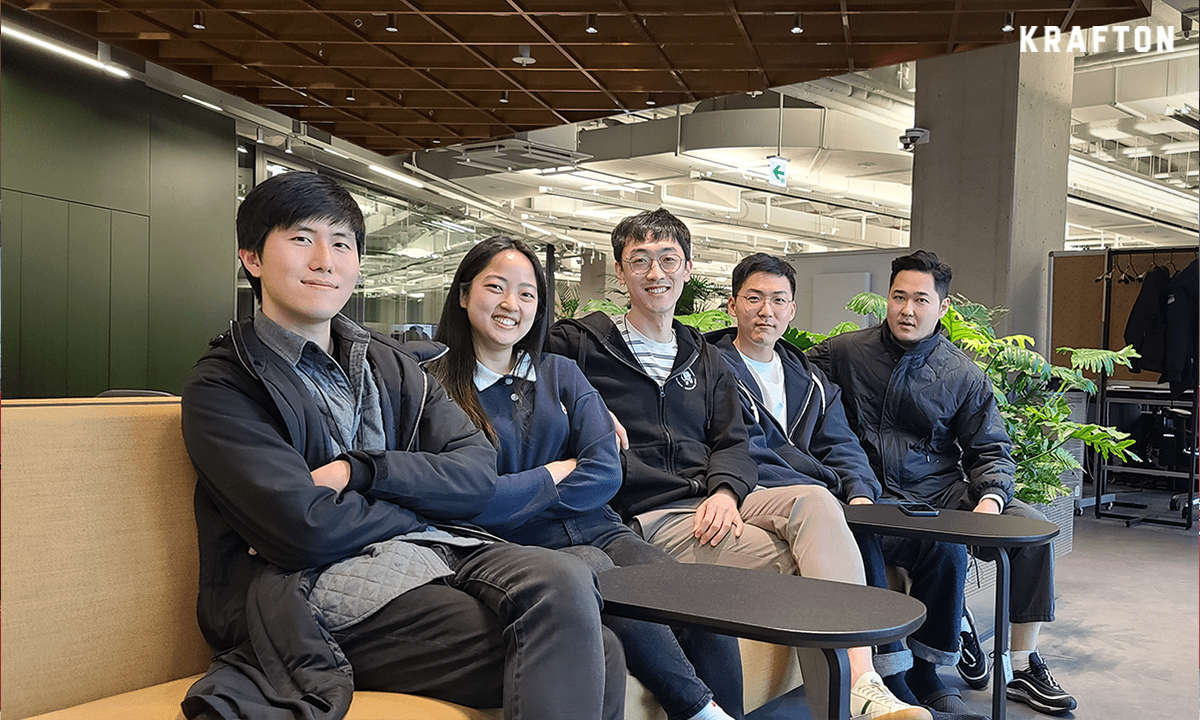
<Participation in Funding>
